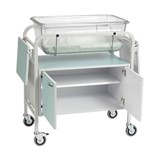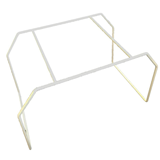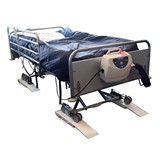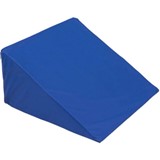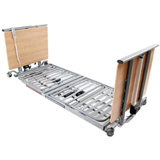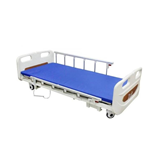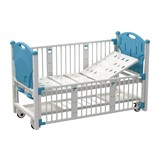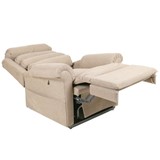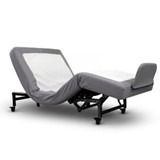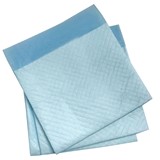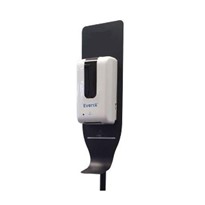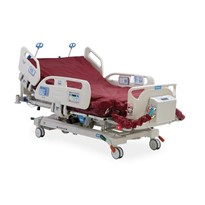What are bed bugs?
Bed bugs (Cimex lectularius) are small oval-shaped and flat insects. They can grow to 5-7mm long, changing colour from cream to brown as they mature. Bed bugs are a hematophagous ectoparasitic insect, meaning that it feeds on the blood of warm-blooded hosts, typically human1.
They are not known to spread disease, however can cause severe itching and loss of sleep. Excessive scratching can lead to secondary skin infections. Some individuals can experience anxiety, depression, insomnia and paranoia, for extended periods of time2.
Where are bed bugs found?
Around the bed, they can be found near the piping, seams and tags of the mattress and box spring, and in cracks on the bed frame and headboard. If the room is heavily infested, you may find bed bugs in the seams of chairs and couches, between cushions, and in the folds of curtains.
How long do bed bugs live?
“Bed bugs can go without feeding for 20 to 400 days, depending on temperature and humidity. Older stages of nymphs can survive longer without feeding. Adults may live up to one year or more, and there can be up to four successive generations per year.” 3
How do they reproduce, and how do they move?
The life cycle of a bed bug is mostly influenced by the availability of hosts and the ambient temperature. The optimum temperature is around 30°C. In these conditions a bed bug passes from the egg to an adult specimen from anywhere between 5 weeks to 4 months 3. An adult female generally mates after each blood meal and lays 2-5 eggs daily, accounting to around 200-500 eggs over the course of her life.
Bed bugs spread via people or via contact with objects from infested environments. People staying in infested accommodation may unintentionally transport bugs and their eggs in suitcases or clothes and can transport these critters to their homes or other locations.
What damage do they cause?
Bed bugs are a concern across a wide range of facilities where soft furnishings and bedding are prevalent.
They can infest;
- Mattresses
- Carpets
- Crevices
- Paintings
- Frames
- Curtains
They are typically found; 4
- Mattresses - near the piping, seams and tags of the mattress
- Inside any plastic wheels
- Cracks on the bed frame and headboard
- Wooden slats of the bed frame
How to kill bed bugs
“Bed bugs are one of the most difficult pests to eradicate because they have a high level of insecticide resistance.” 5
Aggressive chemical treatments don’t eliminate eggs. However high temperatures produced by dry steam cleaning machines has been proven to kill bugs and their eggs6. Steam is the exceptional choice to eliminate two generations at once, completely breaking the breeding cycle. Steam is a quicker and more effective method than chemical treatments.
RECOMMENDED TREATMENT:
Dry steam Cleaning Mattress & Upholstery
When treating infestations such as bed bugs, we suggest using dry steam cleaning methods. This process introduces high temperature and low moisture steam to penetrate deep within surfaces to kill these parasites.
Microfibre and cushion used in conjunction with steam as per figures below, allows the user to create a superheated steam pad with a smooth surface. This pad is an effective and efficient way to sanitise a range of hard and soft surfaces. By introducing a microfibre cloth and cushion, you are slowing down the velocity of the steam. By doing this, you are controlling the heat retention within the tool allowing for better penetration within surfaces such as mattresses and upholstery. Consequently, this is the ideal tool combination for targeting mite infestations due to its higher production of heat.
The more prolonged exposure the tool has on a surface, the further into that surface the heat can reach. Therefore, slowing down your cleaning process in this instance is an important step to take specifically when treating parasites.




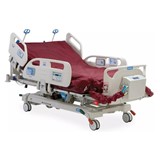
-160x160-state_article-rel-cat.png)

